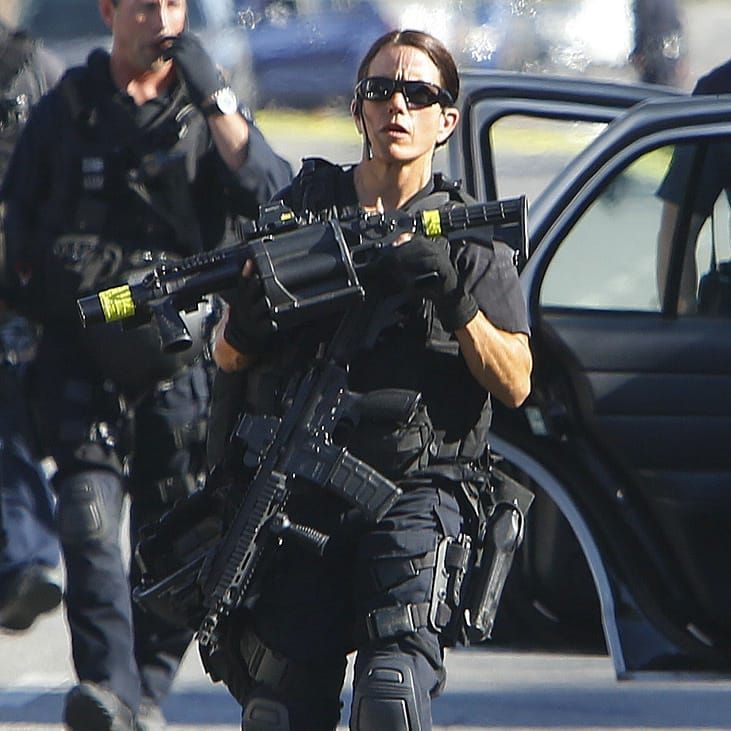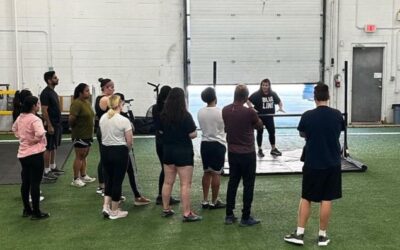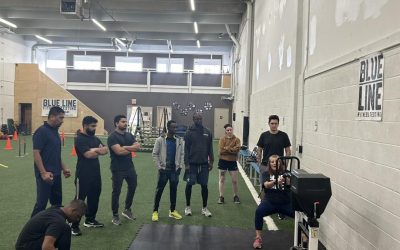
Fitness Training for Tactical Situations: What You Need to Know
The Pillars of Tactical Fitness for Law Enforcement
In the dynamic and often unpredictable world of law enforcement, physical fitness is not just a requirement but a critical component of success and safety. Officers must be prepared to handle a wide range of tactical situations that demand peak physical performance. Whether it’s a high-speed chase, a physical confrontation, or a rapid response to an emergency, the fitness level of an officer can significantly impact the outcome. This blog post delves into the specific tactical fitness training necessary for these high-stakes scenarios, emphasizing the importance of agility, strength, and endurance.
Agility: The Need for Speed and Flexibility
Agility is the ability to move quickly and change direction with ease. In tactical situations, officers may need to navigate through obstacles, chase suspects, or dodge incoming threats. Here are some exercises that enhance agility:
- Ladder Drills: Using an agility ladder, officers can improve their foot speed and coordination. Drills such as the in-and-out, lateral shuffle, and crossover steps are excellent for developing quick and precise footwork.
- Cone Drills: Set up cones in various patterns and practice sprinting, backpedaling, and cutting around them. This mimics real-world scenarios where quick changes in direction are necessary.
- Plyometrics: Exercises like box jumps, squat jumps, and burpees increase explosive power, which is crucial for sudden bursts of movement.
Strength: The Foundation of Physical Power
Strength is essential for handling physical confrontations, carrying heavy equipment, and performing tasks that require significant muscular effort. Strength training should focus on both upper and lower body strength, as well as core stability:
- Weightlifting: Incorporate exercises such as deadlifts, squats, bench presses, and overhead presses. These compound movements build overall strength and power.
- Bodyweight Exercises: Push-ups, pull-ups, and dips are great for building functional strength without the need for equipment.
- Core Workouts: Planks, Russian twists, and medicine ball slams strengthen the core, which is vital for maintaining balance and stability during physical encounters.
Endurance: The Key to Sustained Performance
Endurance allows officers to perform at their best over extended periods, whether it’s during a long pursuit, a prolonged physical struggle, or extended hours on duty. Cardiovascular and muscular endurance training are both crucial:
- Running: Incorporate long-distance running for cardiovascular endurance and sprints for anaerobic conditioning. Interval training, which alternates between high-intensity bursts and recovery periods, is particularly effective.
- Circuit Training: Combine different exercises in a circuit format to build muscular endurance. For example, a circuit might include push-ups, sit-ups, kettlebell swings, and jumping jacks performed back-to-back with minimal rest.
- Functional Drills: Simulate real-world tasks, such as dragging a weighted dummy, climbing stairs with a weighted vest, or carrying heavy objects over a distance. These drills build the endurance needed for job-specific activities.

Integrating Tactical Fitness into Training Programs
To be effective, a tactical fitness program must be comprehensive and varied. Here are some tips for integrating these principles into your training regimen:
- Periodization: Plan your training in cycles, focusing on different aspects of fitness at different times. This prevents overtraining and ensures balanced development.
- Functional Training: Prioritize exercises and drills that mimic real-life tasks and challenges officers might face.
- Recovery: Ensure adequate rest and recovery to prevent injuries and maintain long-term performance. Incorporate activities such as stretching, foam rolling, and yoga to promote flexibility and muscle recovery.
- Mental Preparedness: Physical fitness is closely linked to mental resilience. Include stress management techniques, such as mindfulness and breathing exercises, to enhance overall readiness.
STAY FIT, STAY SAFE, STAY READY – WITH BLUE LINE FITNESS TESTING
Fitness training for tactical situations is about more than just being in good shape; it’s about being prepared for the physical demands of law enforcement. By focusing on agility, strength, and endurance, officers can improve their performance, enhance their safety, and increase their effectiveness in the field. At Blue Line Fitness Testing, we are committed to helping law enforcement officers achieve peak physical condition through targeted training programs designed to meet the unique challenges of their profession.
WE CAN HELP YOU PASS ANY FITNESS TEST IF YOU WANT TO ENTER LAW ENFORCEMENT IN CANADA.
Blue Line has experienced instructors and certified coaches who know exactly how to get people into the physical and mental condition they need to pass their PARE, COPAT, POPAT, SOPAT or APREP as part of any law enforcement entrance testing protocols.
Are you ready to run and pass your Fitness Test? Contact us today to start your journey towards your law enforcement career.
For more information on any of the law enforcement testing Blue Line offers, check out these pages and posts:
PARE Testing Alberta page
How the Pass the PARE in Alberta
Sirens, Slammers and Service – A podcast for first responders







